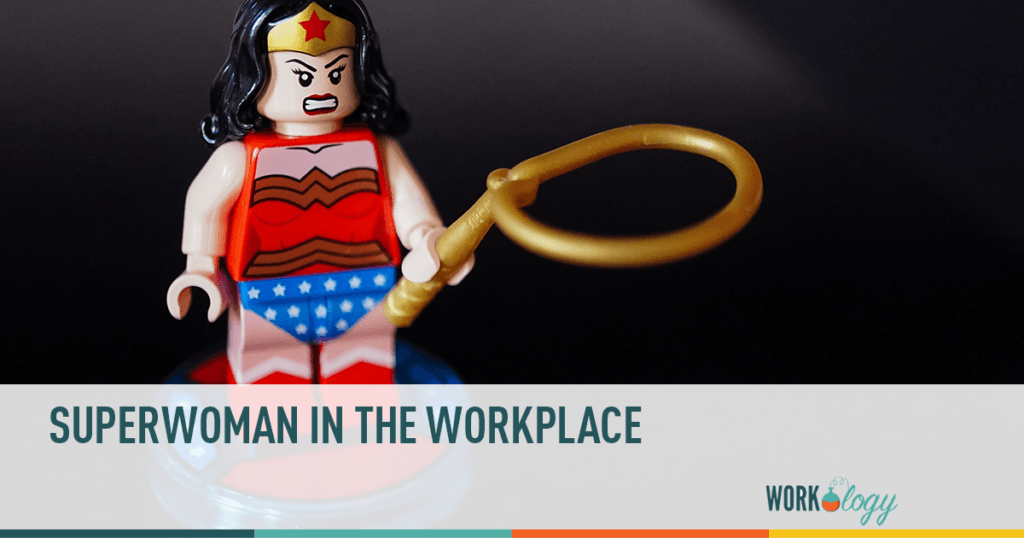Do a quick Google search on women in the workplace, and you will find many articles on the myth of having it all. Search a little more, and you will find interviews with female CEOs, executives and politicians where they are asked how they manage to balance work expectations with the demands of raising a family.
Regardless of how many inroads women make, we still seem to talk about superwoman in the workplace—a woman who can put in a full day at the office and be home in time to have a delicious meal on the table, help the kids with homework and attend a PTA meeting. We expect women to morph to fit the workplace rather than finding ways to change the workplace to adapt to shifting gender roles.
Shifting gender roles & the workplace
The truth is when we balance the demands of work and home, we cannot have it all. There will always be compromises and areas of our lives where we feel like we are not meeting expectations. When it comes to two-parent households, women have traditionally been the parent responsible for managing the household and children. Even though men have taken on more of the household responsibilities, there is still this expectation to hold women more accountable when they fail to adequately balance work and home.
We as a society hold tight to outdated notions that men go out and work and women stay home to manage the household. The reality for many two-parent families is that both parents work, yet we still hold women to a high standard when it comes to being a parent and a worker—something that becomes an even bigger challenge for a single-parent household. While there are laws and policies that have improved the situation for women, we still have a long way to go if we want to create workplaces that foster gender equality and do away with gendered standards for judging success.
Creating flexible workplaces
The reality is that a lot of us feel the stress of managing very busy work and home lives. This is especially true for parents raising children or those taking care of an ailing family member. Women are especially burdened with these responsibilities. Such demands often meet with limited help in the workplace. If we are going to get away from the idea that a woman needs to be superwoman to be successful in work and life, we need to create workplaces that meet the needs of all workers. One way to help this is by creating flexible workplaces by implementing better paid leave laws.
Unfortunately, the U.S. lags when it comes to paid leave. Although states like California provide some paid leave and some employers have generous policies, there is no federal law requiring it, so many employees do not have the option to take paid leave. While leave under the FMLA provides job protection, time off is unpaid. Often this means new parents are making the decision between getting paid and staying home with an infant or newly adopted/fostered child. Keep in mind that the FMLA includes several eligibility requirements. For example, to be eligible, employees must work at a company with 50 or more employees. This leaves out a lot of people who work for small businesses.
Unpaid leave is not enough. If we upped our standards for paid leave, the benefits extend beyond just women workers. Men could easily afford to take time off for the birth of a child, and all employees would have access to paid time off when needing to care for sick family members. Leave laws also need to be inclusive of nontraditional families. If both men and women had access to adequate paid leave, we would send the message that caring for family is not just a woman’s job.
It is also time that employers explore the possibility of flexible work schedules and using technology to create work-from-home options. Such an approach may allow employees to still get work done while managing multiple work and home priorities. Generous leave laws and flexible workplaces are an acknowledgement that people live complicated lives.
New ideas for success & supporting workers
When it comes to success in the workplace, we need to be mindful of how we support all workers to balance work and their lives outside of the office. This means our policies need to evolve to fit with the needs of our workforce. This is especially important in recognizing women as full and equal members of the workforce and society.
Gone are the days when you could easily rely on having a parent in the home full time to manage home life while another was at work. Our policies need to reflect this and acknowledge the fact that sometimes the traditional 9-to-5 workday is not always feasible.









